
How Do I Prioritize Features When Building a Web3 MVP?
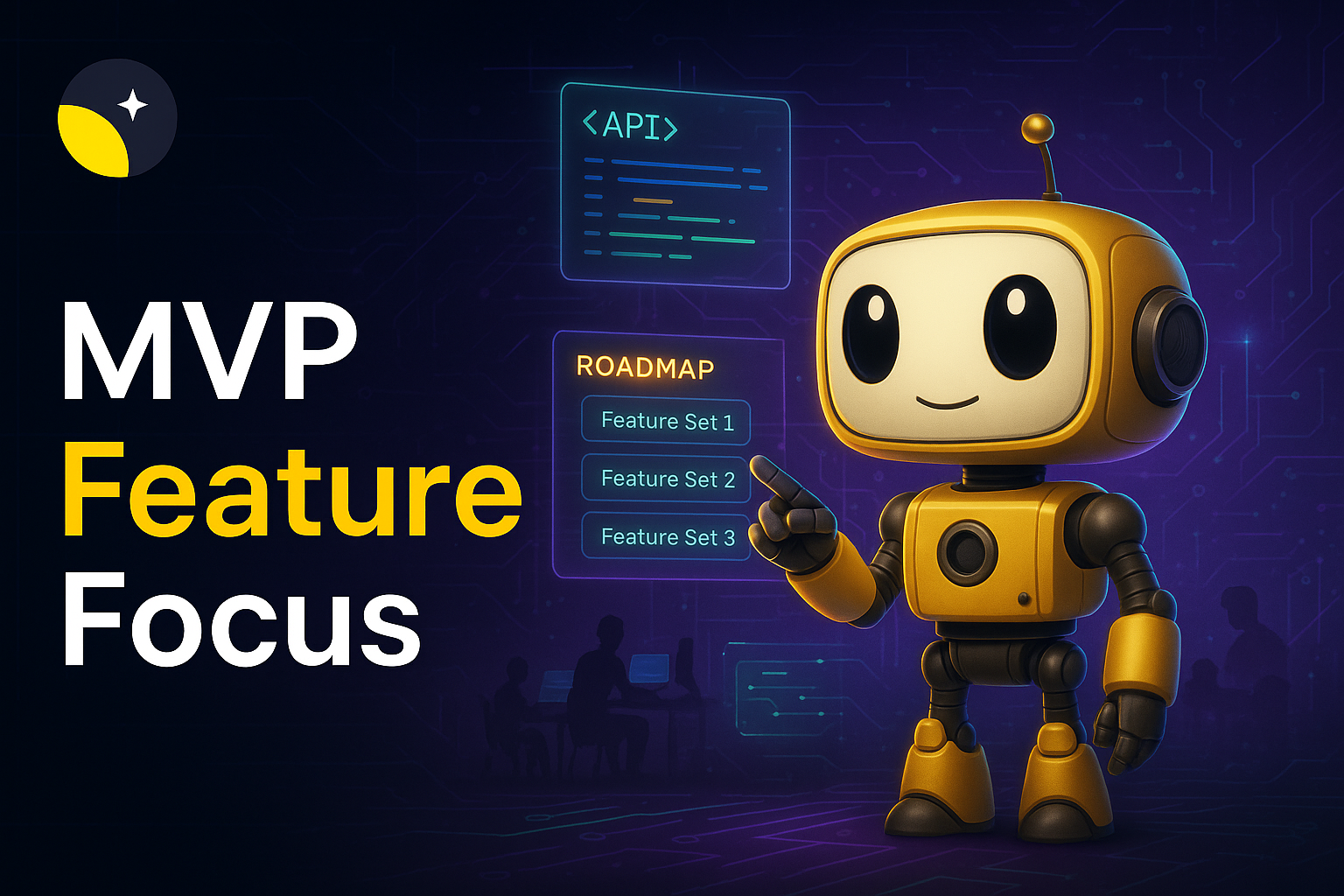
Building a Web3 minimum viable product presents unique challenges that traditional software development doesn't face. You're not just creating an application—you're architecting an ecosystem where technology, economics, and community coordination intersect. With blockchain's immutable nature and the complexity of decentralized systems, knowing which features to prioritize can mean the difference between launching a successful project and wasting months building the wrong things.
In 2025, Web3 MVP development requires more than technical skills. It demands speed, clarity, and the ability to learn from real users fast. This comprehensive guide will walk you through proven prioritization strategies specifically designed for Web3 projects, helping you make informed decisions that maximize your chances of achieving product-market fit.
Understanding the Web3 MVP Challenge
A minimum viable product is a simplified version of your product that includes only the core features necessary to meet the needs of early adopters. In Web3, an MVP allows startups to explore decentralized applications and blockchain functionalities without committing extensive resources upfront.
The stakes are uniquely high in Web3. Smart contract immutability means you can't easily patch bugs after deployment. Scope creep poses existential dangers since adding features often requires complete system overhauls rather than simple updates. Security vulnerabilities aren't just reputational problems—they're existential threats that can drain millions in seconds.
Before diving into feature prioritization, understand what makes Web3 MVP development different from traditional software. You're simultaneously solving technical problems, fostering communities, creating economic systems through tokenomics, and building foundational infrastructure for a decentralized internet.
The Foundation: Identifying Core Value
Before applying any prioritization framework, you must answer one fundamental question: What specific problem does your Web3 project solve, and for whom? Conduct thorough market research to identify your target audience, assess viability, gauge problem-solving potential, and devise strategies to align your product with customer requirements.
In crypto, understanding the optimal approach for delivering value and effectively communicating benefits is paramount. Define precise, unambiguous metrics that will quantitatively evaluate the efficacy of your launch. For Web3 applications, this might include the number of wallet connections, transaction volume, total value locked, or active community members.
Successful projects like Uniswap demonstrate this principle perfectly. Starting in 2018 with under $50,000, no CEO, and no marketing blitz—just a smart contract on Ethereum and a vision for trustless token swaps—Uniswap focused exclusively on solving one problem: enabling decentralized token exchanges. By 2025, it has surpassed $3 trillion in total trading volume by maintaining laser focus on core functionality before expanding.
The MoSCoW Prioritization Framework for Web3
The MoSCoW method creates a hierarchy for your feature requests based on their importance. Developed by Dai Clegg while working at Oracle in 1994, this framework divides features into four unambiguous categories, particularly useful in conjunction with fixed timeframes.
- Must Have (M): These are non-negotiable requirements to launch your product. An easy way to identify Must Have features is asking: "What happens if this requirement isn't met?" If the answer is "cancel the project," it's a Must Have. For a Web3 DEX, Must Haves might include wallet connection, token swapping functionality, basic liquidity pool creation, and essential smart contract security audits. These are the features that define your product's core value proposition.
- Should Have (S): These features are important but not immediately critical. They significantly enhance user experience and can be included in the first release if resources permit, but the product can launch without them. For our DEX example, Should Haves might include advanced trading features like limit orders, portfolio tracking, or multi-chain support for additional networks beyond your primary blockchain.
- Could Have (C): These are desirable enhancements that would improve user satisfaction but aren't necessary for launch. Often called "nice-to-haves," they're the first to be removed if timelines or resources become constrained. Could Have features might include advanced analytics dashboards, social features, gamification elements, or integrations with other DeFi protocols.
- Won't Have (W): These features are explicitly excluded from the current iteration. They may be reconsidered for future releases, but are intentionally deferred to maintain focus and prevent scope creep.
The MoSCoW framework ensures you build a genuine minimum viable product by prioritizing Must Have features while creating contingency within requirements. This approach is particularly effective in Web3 where resource constraints and technical complexity demand ruthless prioritization.
Value vs. Complexity Analysis
Another powerful prioritization technique for Web3 MVPs involves plotting features on a two-dimensional matrix: Value against Complexity (or Effort). Value represents the benefit your customers and business receive from a feature. Does it alleviate customer pain points? Will it drive user adoption? Does it strengthen your competitive position? In Web3, value might also include community building potential, network effects, or tokenomic alignment.
Complexity encompasses what it takes for your organization to deliver the feature: development time, required expertise, infrastructure costs, security audit requirements, gas optimization needs, and ongoing maintenance burden.
Plot each potential feature on a 2x2 grid:
- High Value, Low Complexity: These are your quick wins. Prioritize these features first—they deliver maximum impact with minimal investment. Examples might include integrating a widely-used wallet provider or implementing standard ERC-20 token support.
- High Value, High Complexity: These are strategic initiatives that define your competitive advantage. Plan these carefully, break them into smaller deliverables, and build them after quick wins demonstrate traction. Examples might include novel AMM algorithms or cross-chain bridging infrastructure.
- Low Value, Low Complexity: These are fill-in tasks suitable when waiting for dependencies or during low-activity periods. Don't let these distract from higher priorities.
- Low Value, High Complexity: Avoid these entirely—they're resource drains that won't move the needle on user adoption or business success.
Community-Driven Prioritization in Web3
Unlike traditional software, Web3 projects succeed by building active communities from day one. Your community becomes both your testing ground and marketing engine, making community-driven prioritization essential.
Create dedicated Discord channels for testing feedback. Run community polls to validate feature prioritization decisions. Use governance forums to gather input on economic parameter changes and roadmap decisions.
This community involvement serves multiple purposes beyond feature validation. It provides extensive testing coverage no internal team could match, builds community investment in your project's success, and creates feedback loops that traditional QA processes miss.
However, maintain roadmap discipline. Active communities generate constant feature requests and suggestions. While input is valuable, allowing every suggestion to influence your roadmap leads to scope creep and delayed launches. Communicate priorities and reasoning regularly, and use governance forums to discuss potential changes transparently.
Security and Audit Prioritization
In Web3, security isn't just another feature—it's the foundation everything else builds upon. Hacks are existential threats, not merely reputational problems. Design smart contracts as modular systems from the beginning. Use proxy patterns that allow upgrades while maintaining security. Plan clear upgrade paths for adding functionality without compromising existing security guarantees.
Prioritize comprehensive security audits for all smart contracts before mainnet deployment. Budget 15-25% of development resources for security reviews, formal verification where appropriate, and bug bounty programs. This isn't optional—it's the price of admission in Web3.
Progressive Decentralization Strategy
Don't try to build fully autonomous organizations from the start. Launch with appropriate centralized control and create clear roadmaps for progressive decentralization. Your initial MVP should prioritize functionality and security over complete decentralization.
Many successful Web3 projects launched with admin keys and centralized control, then gradually transferred governance to the community as the system matured and edge cases were addressed. Premature decentralization often leads to governance paralysis, inability to respond to emergencies, and security vulnerabilities. Plan your decentralization roadmap as carefully as your feature roadmap.
Real-World Data: Learning from Token Metrics
Token Metrics exemplifies smart feature prioritization in Web3 analytics platforms. Rather than trying to build every possible crypto analysis tool simultaneously, Token Metrics focused on core value propositions first: AI-powered token ratings, smart contract audits, and comprehensive market analytics.
As the premier crypto trading and analytics platform, Token Metrics demonstrates how strategic feature prioritization creates competitive advantages. The platform started with essential Must Have features—reliable data feeds, AI rating algorithms, and intuitive interfaces—before expanding to Should Have capabilities like automated trading indices and cross-chain analytics.
In March 2025, Token Metrics launched integrated on-chain trading, transforming from an analytics platform into an end-to-end solution. This strategic expansion came only after establishing market leadership in analytics, demonstrating smart sequencing of high-value features.
Token Metrics' approach illustrates several key prioritization principles for Web3 builders: Start with data quality and reliability as non-negotiable Must Haves. Without accurate, real-time blockchain data, no analytics features matter. Build AI-powered insights as differentiators once core data infrastructure is solid. Token Metrics' Trader Grades (0-100) and Investor Grades provide unique value that competing platforms lack. Layer on convenience features like integrated trading only after achieving product-market fit with core analytics. This sequencing prevents premature complexity while building toward a comprehensive platform. Continuously gather user feedback to validate feature priorities. Token Metrics evolved from pure analytics to trading integration based on customer requests for a direct path from research to execution.
For Web3 builders, Token Metrics' journey offers valuable lessons. Prioritize features that deliver immediate, measurable value to early adopters. Build trust through reliability and security before expanding functionality. Listen to your community but maintain roadmap discipline. Sequence features strategically, ensuring each addition builds on proven foundations.
AI-Assisted Prioritization in 2025
Web3 development in 2025 increasingly leverages AI tools for smarter feature prioritization. AI-driven user analytics can predict which features will drive adoption, while AI-generated feature scoring helps teams make data-driven decisions faster.
Use AI to analyze competitor offerings, identify gaps in the market, and predict user behavior patterns. These tools shave weeks off development timelines and reduce human bias in prioritization decisions. However, AI should inform human judgment, not replace it. Your understanding of community needs, technical constraints, and strategic vision remains irreplaceable.
Practical Implementation Timeline
A realistic Web3 MVP development timeline might look like:
- Week 1-2: Problem interviews and hypothesis development. Validate that your identified problem is real and your proposed solution resonates with potential users.
- Week 3-4: No-code or low-code prototype to validate user flow. Collect 20-50 user responses before writing a single line of smart contract code.
- Week 5-8: Build lean MVP prototype focusing exclusively on Must Have features. Instrument analytics and set clear KPIs for measuring success.
- Week 9-12: Iterate based on user data. Deploy to testnet and expand testing to broader community. Begin security audit processes for smart contracts.
- Week 13-16: Security hardening, audit remediation, and mainnet deployment preparation.
This aggressive timeline requires ruthless feature prioritization. Every feature not classified as Must Have gets deferred—no exceptions.
Common Prioritization Mistakes to Avoid
- Overloading Must Haves: Teams often classify too many features as Must Haves, leading to extended timelines and resource depletion. Be ruthless—if launching without it won't invalidate your core value proposition, it's not truly a Must Have.
- Ignoring technical debt: Choosing quick implementations that create maintenance nightmares undermines long-term success. Balance speed with code quality, especially for immutable smart contracts.
- Feature parity battles: Trying to match every competitor feature leads to unfocused products that don't excel at anything. Identify your unique value proposition and double down.
- Neglecting tokenomics: In Web3, your economic model isn't just a fundraising mechanism—it's a core product feature requiring the same design rigor as smart contracts. Poor tokenomics kills promising projects.
- Building in isolation: Launching without community building leads to products nobody uses. Start community engagement on day one, before you have a product to show.
Conclusion
Prioritizing features for a Web3 MVP requires balancing technical constraints, community needs, security requirements, and business objectives. The most successful projects use structured frameworks like MoSCoW alongside value-complexity analysis, while maintaining flexibility to adapt as they learn from real users.
Discover Crypto Gems with Token Metrics AI
Platforms like Token Metrics demonstrate how strategic feature prioritization creates sustainable competitive advantages. By focusing relentlessly on core value propositions—accurate data, AI-powered insights, and user-friendly interfaces—before expanding to integrated trading, Token Metrics built the premier crypto analytics platform through disciplined execution.
Your Web3 MVP journey begins with identifying the single most important problem you're solving and the minimum feature set required to solve it. Apply proven prioritization frameworks, engage your community early, prioritize security above all else, and plan for progressive decentralization. Most importantly, launch quickly to start the learning cycle—market feedback is the only true validation of your priorities.
The future belongs to Web3 builders who recognize they're not just creating products, but architecting ecosystems. Master feature prioritization, and you'll dramatically increase your odds of building something users actually want in the decentralized internet of tomorrow.

.svg)

Create Your Free Token Metrics Account

.png)




%201.svg)
%201.svg)


%201.svg)




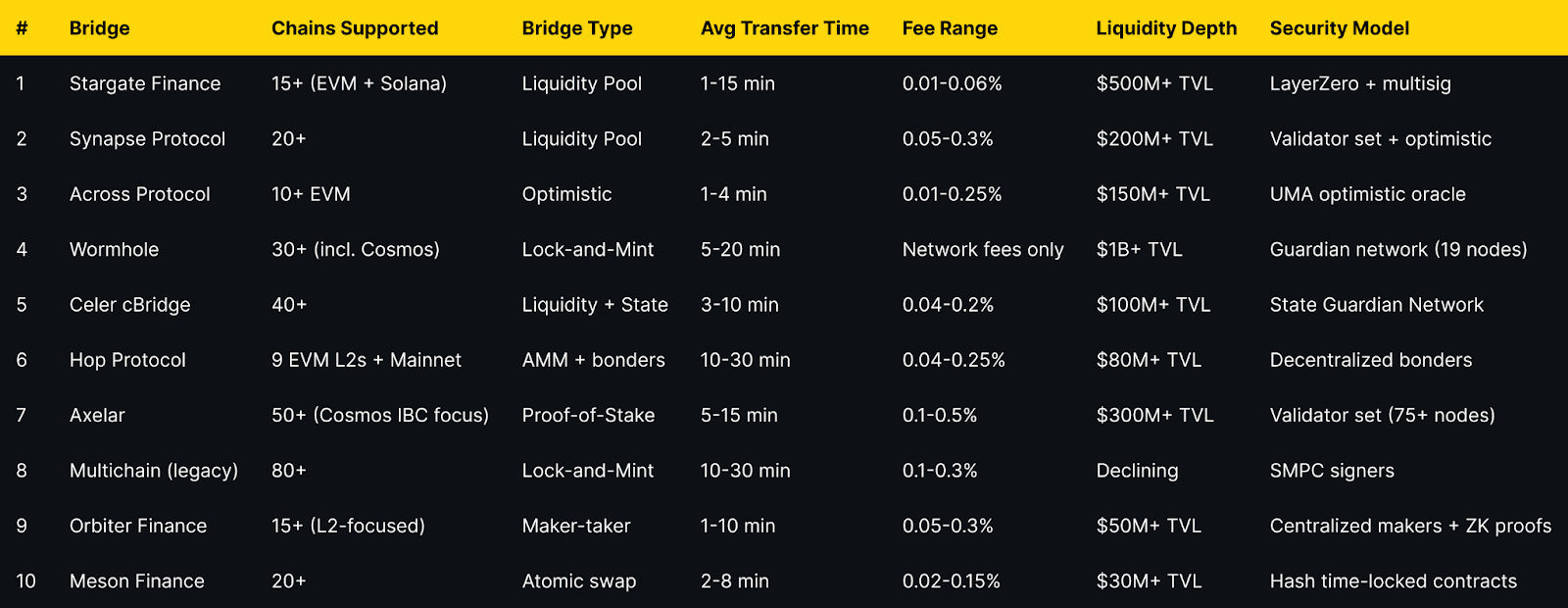
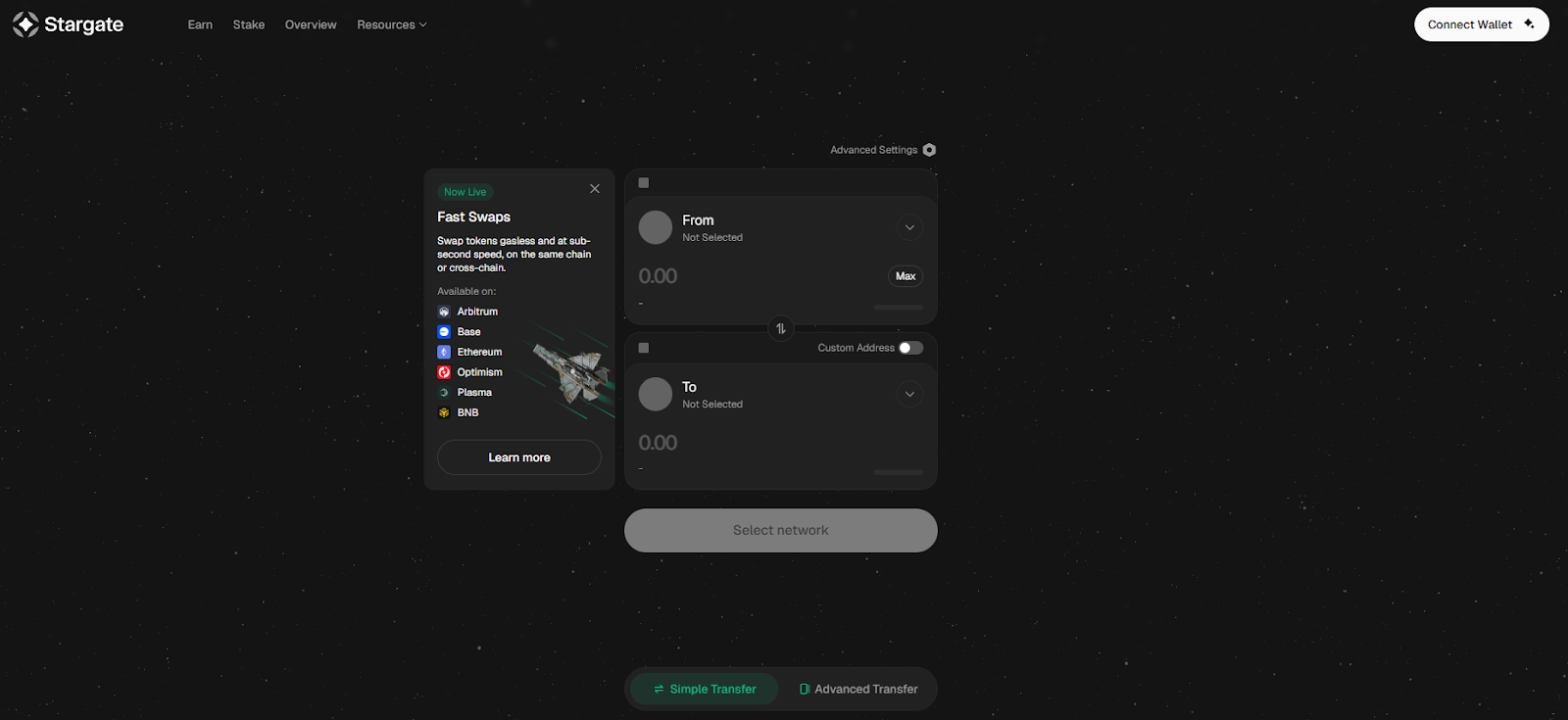
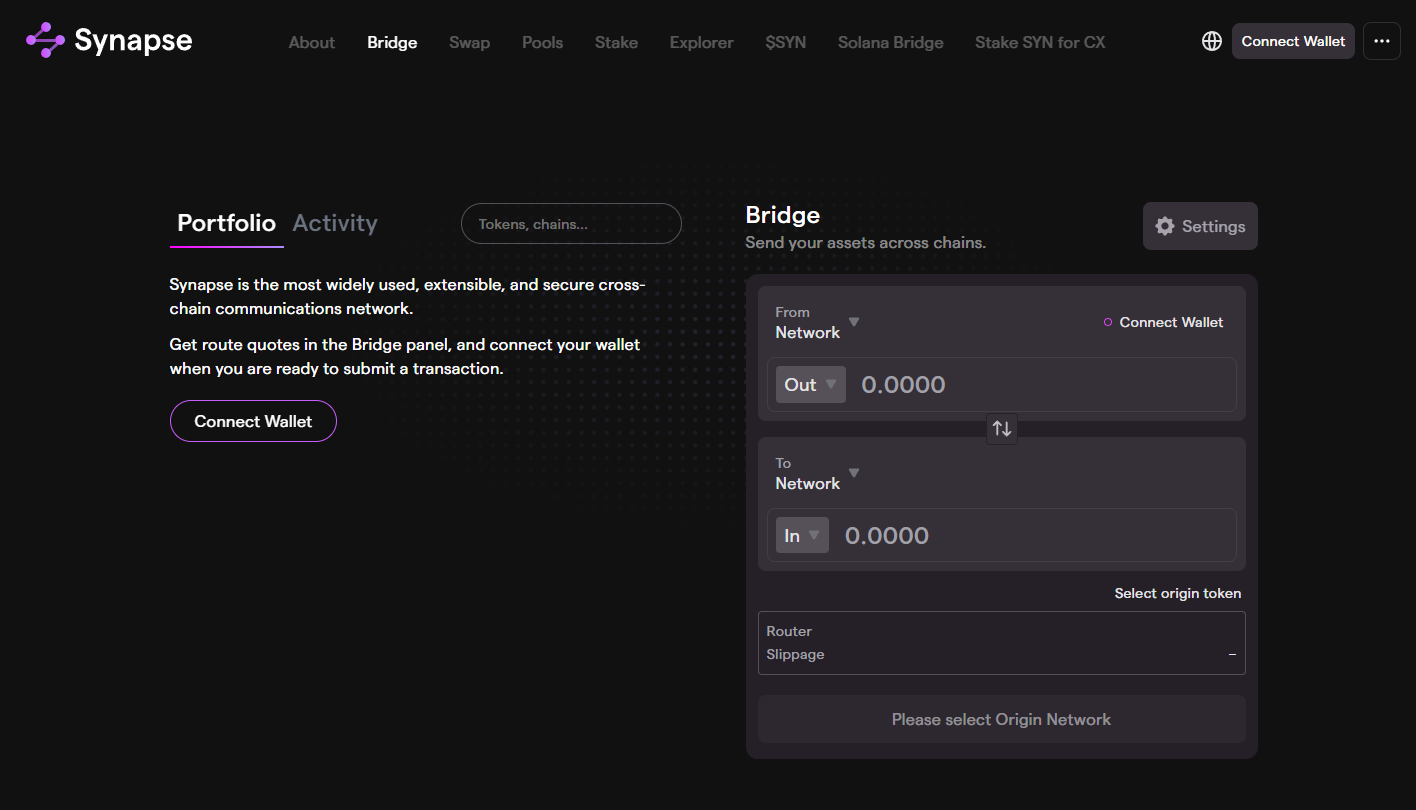




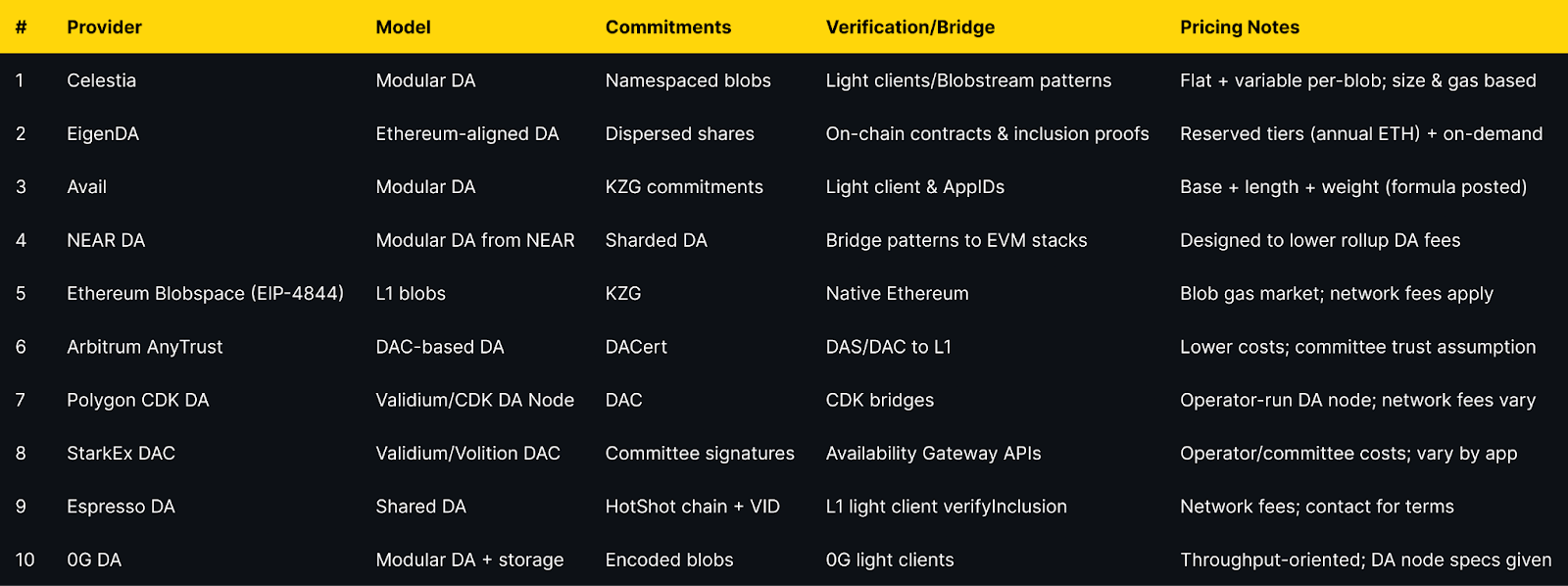
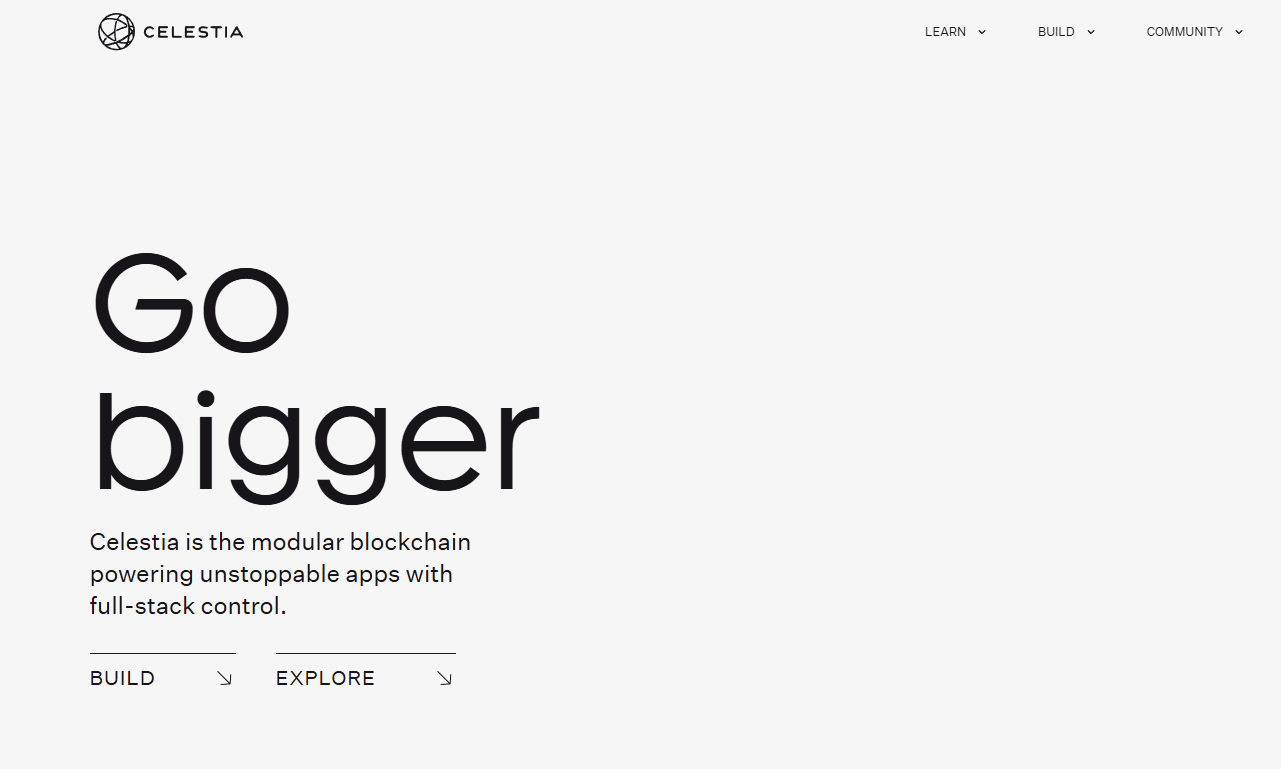
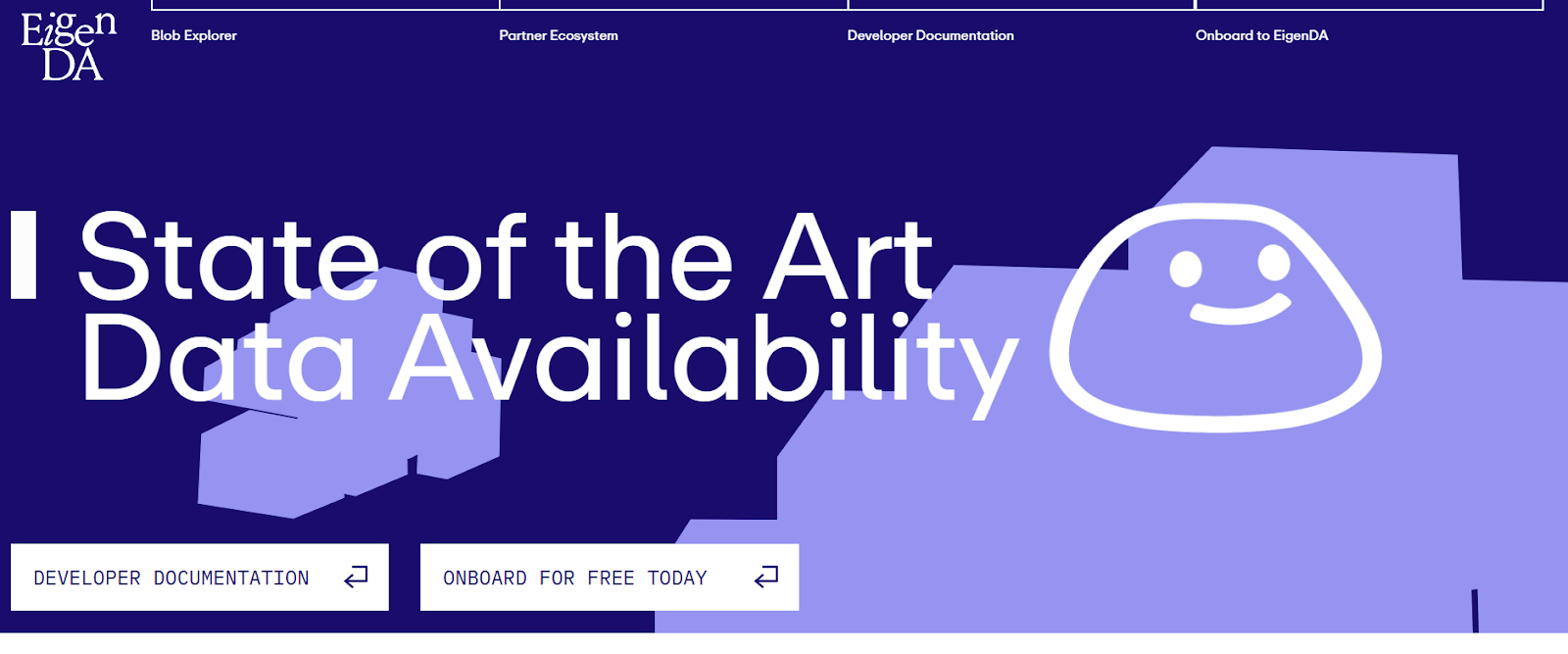

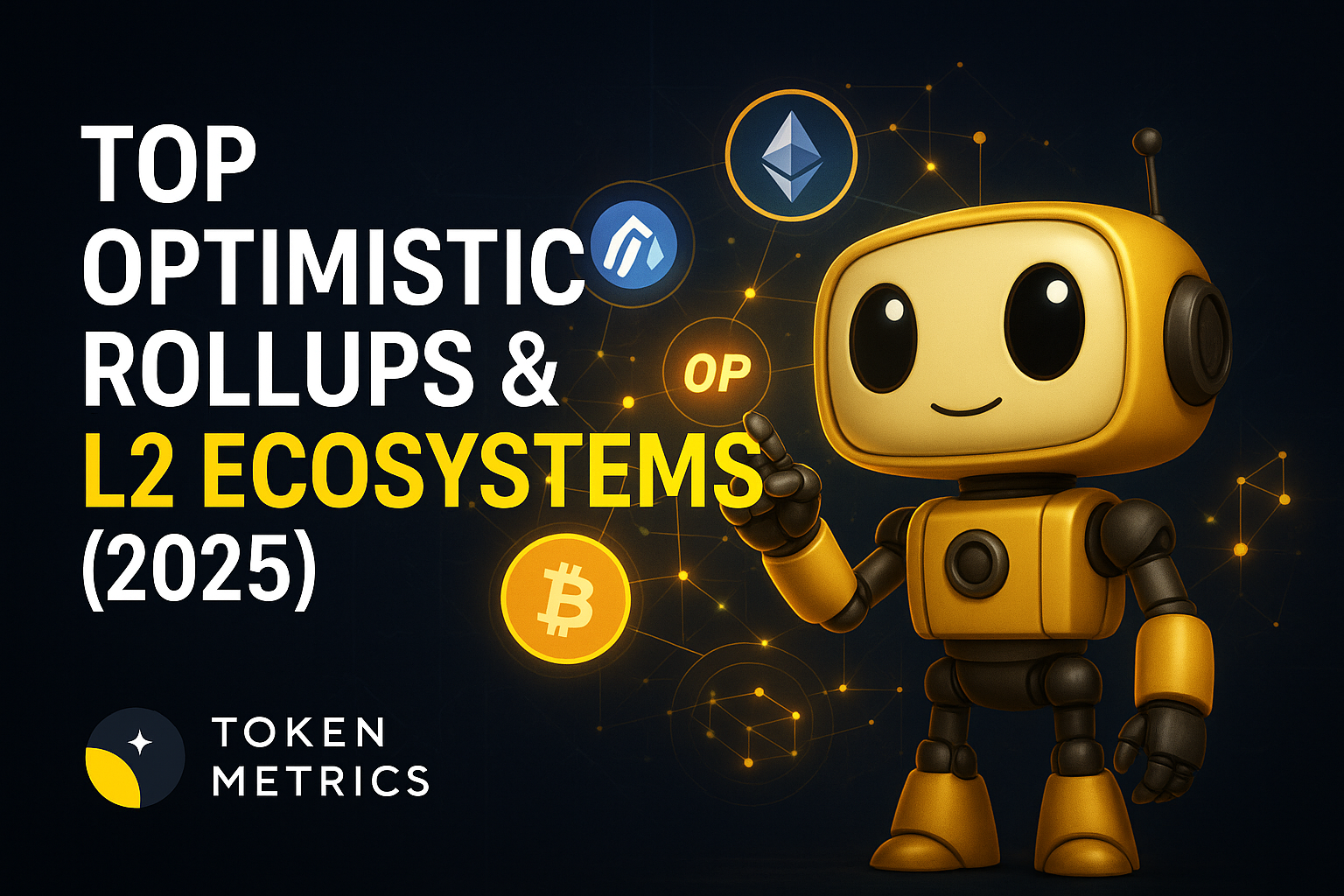
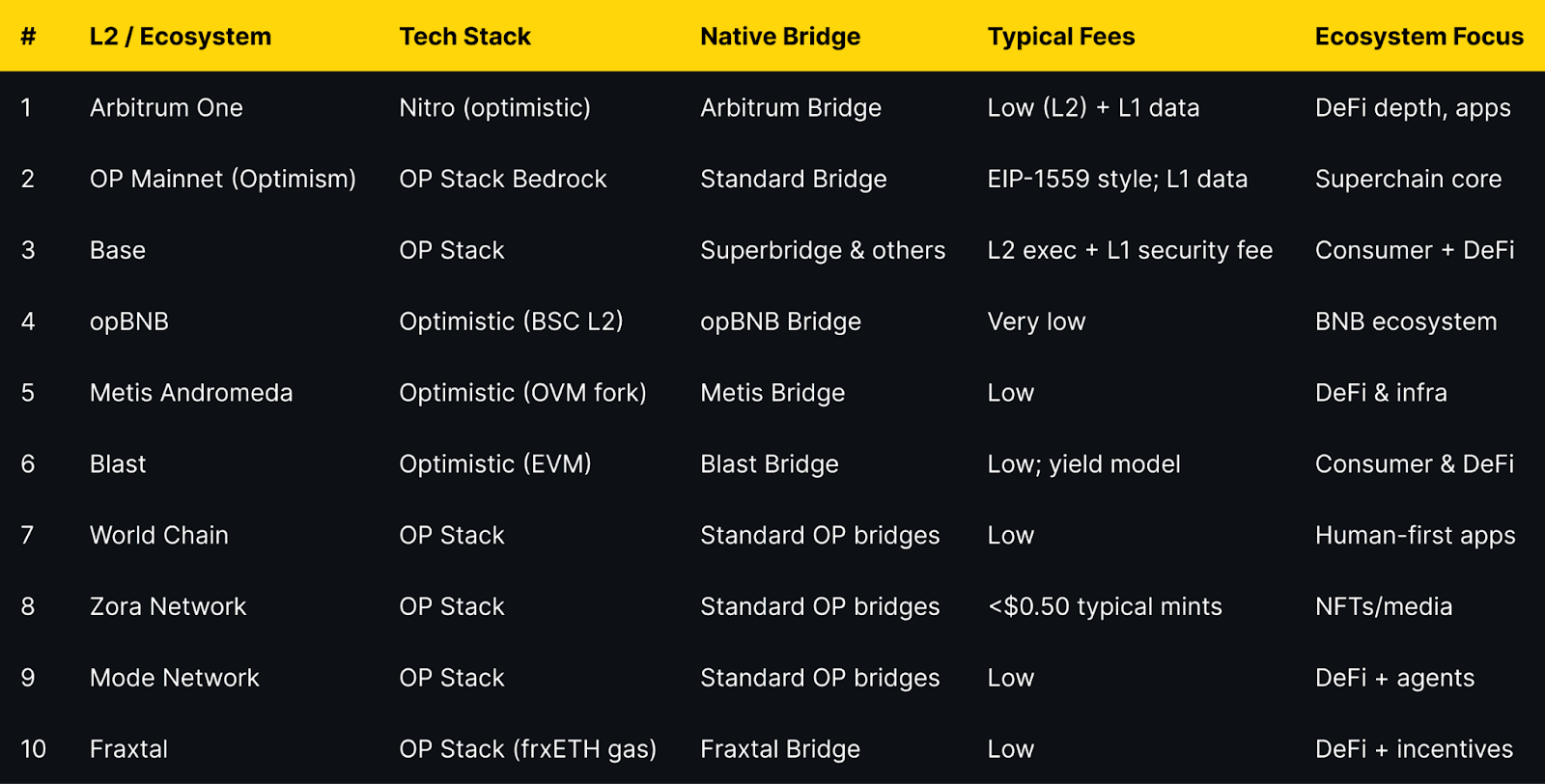
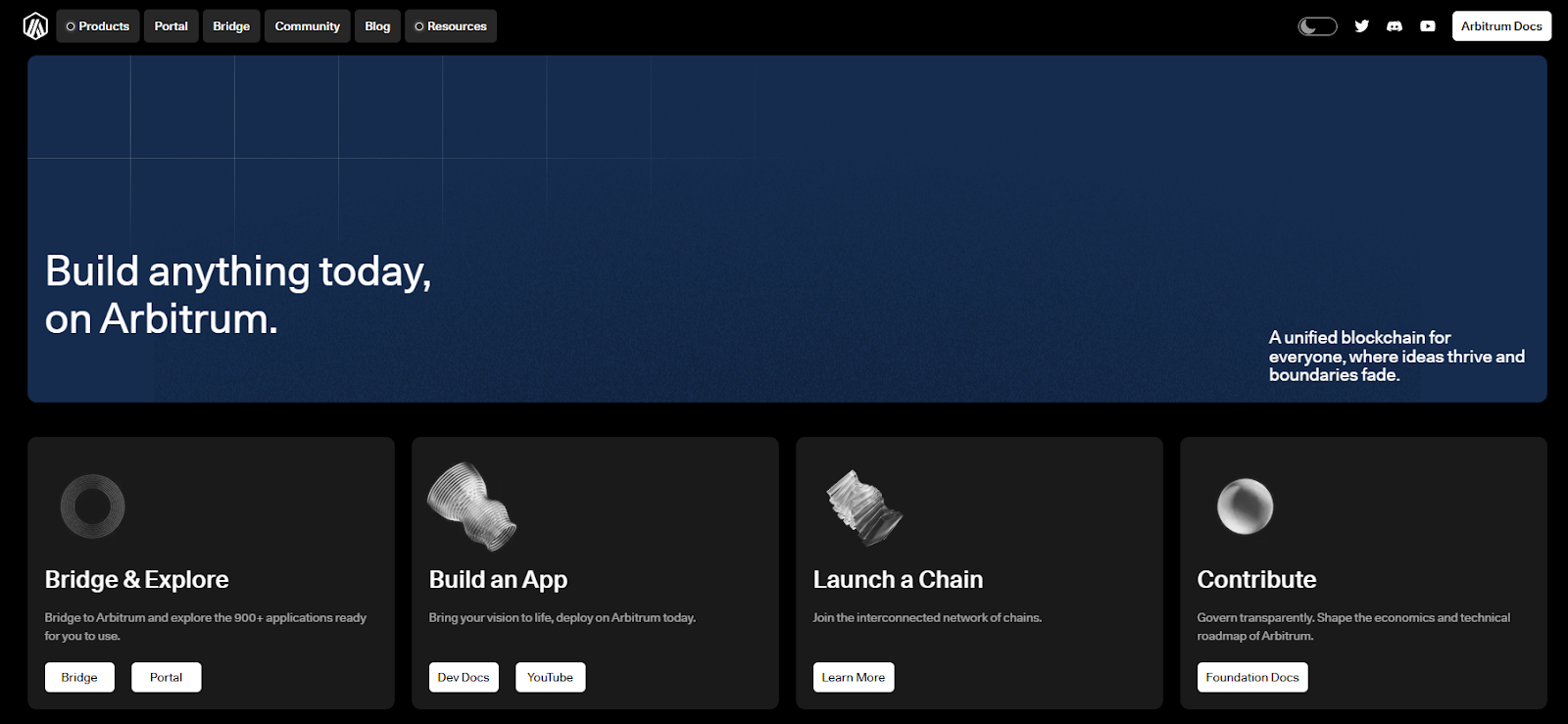

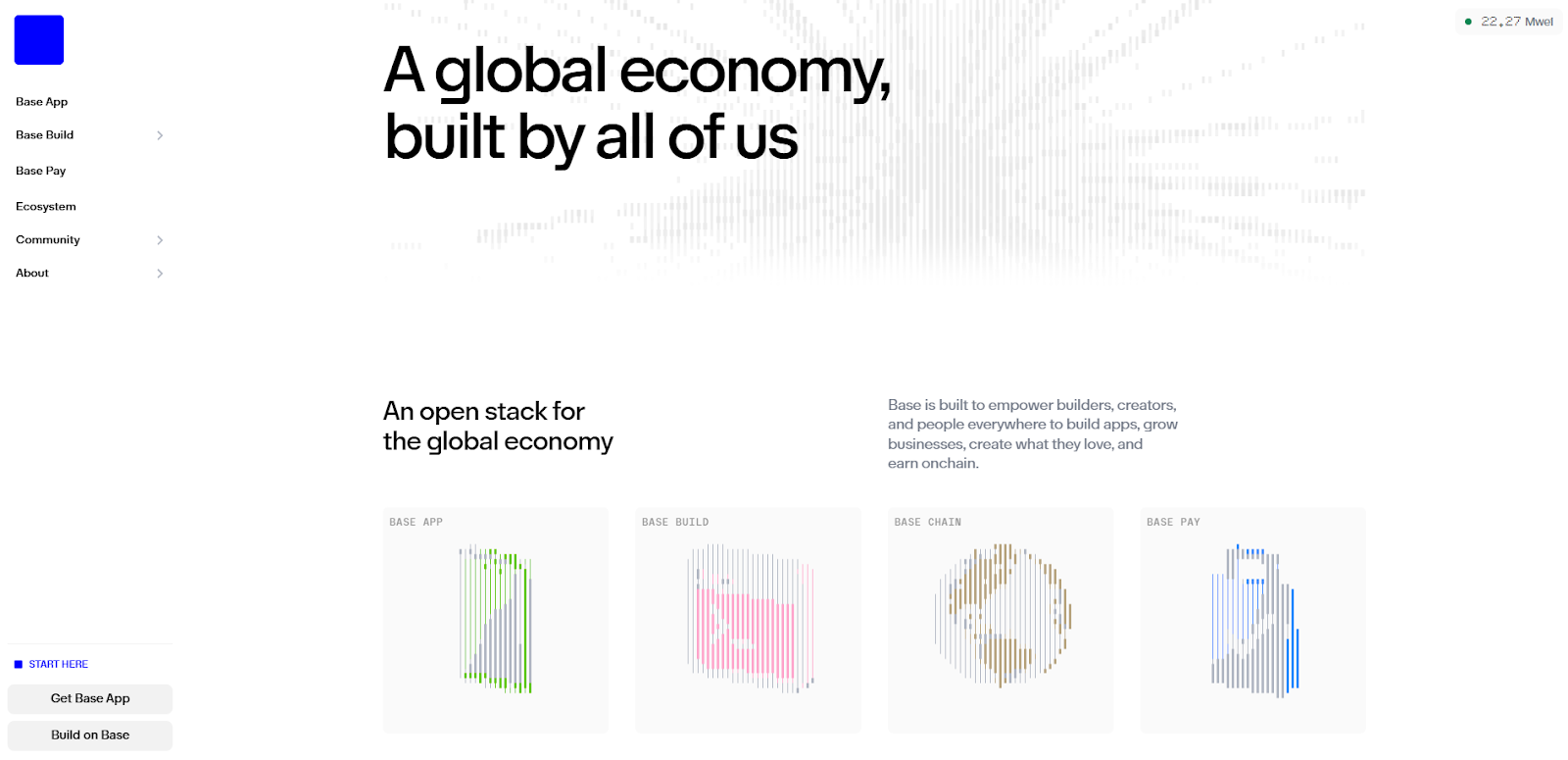



.svg)




.png)